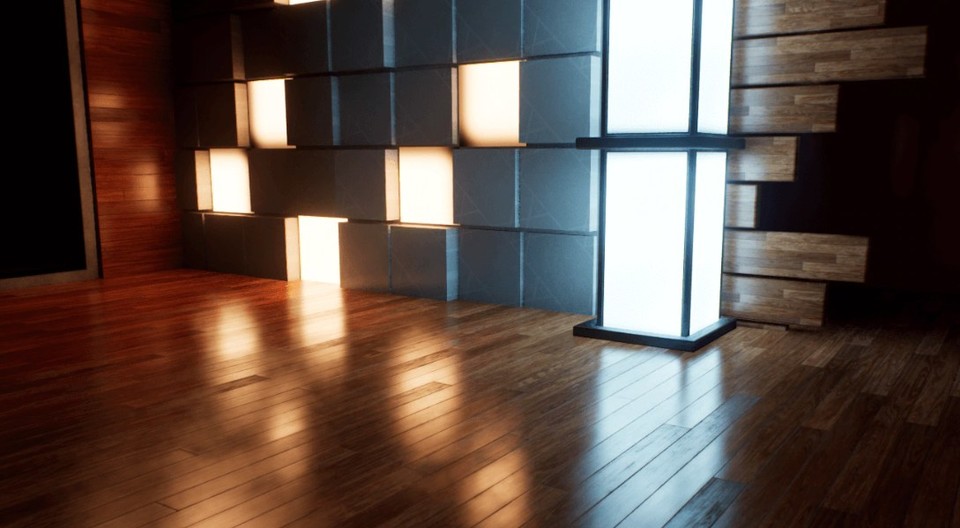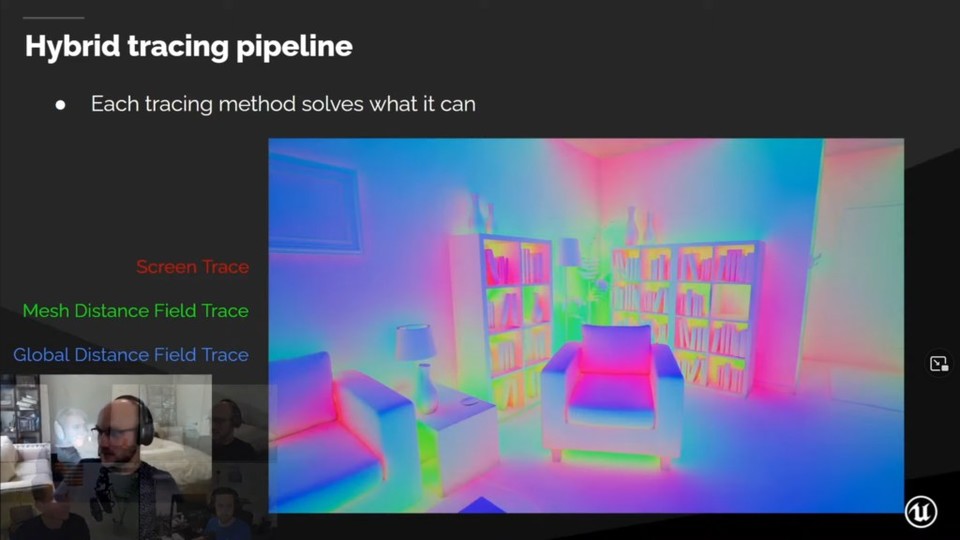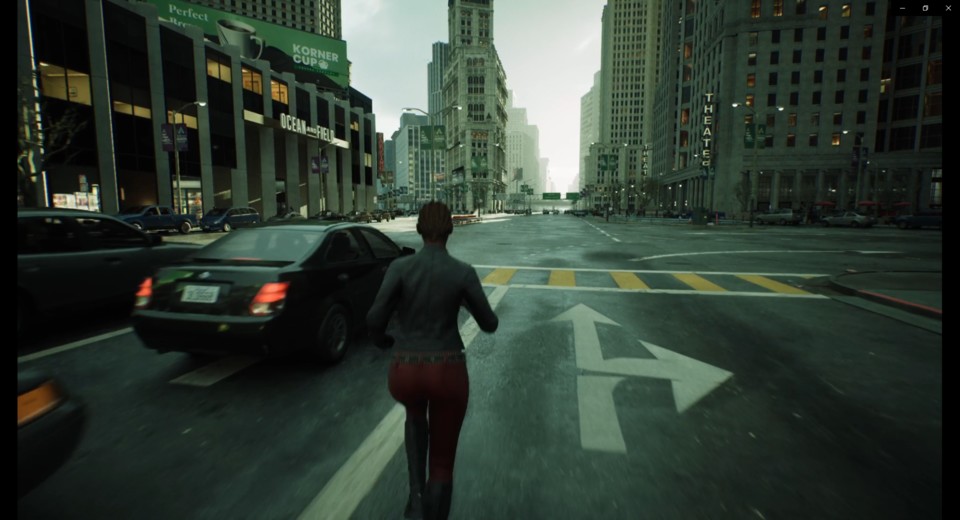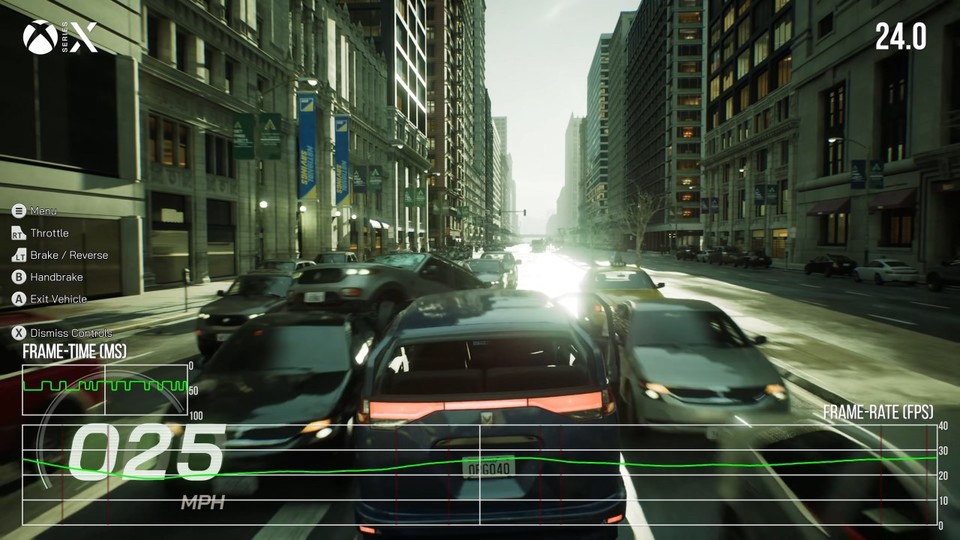Finally 4K and 60 fps? An update to Unreal Engine 5 brings us a little closer to the dream

Epic is not resting on its laurels, but is constantly working on the Unreal Engine 5.
Although no game based on Unreal Engine 5 has been released yet, the graphics framework gets a lot of attention. Justifiably! The trailers for Black Myth: Wukong, Stalker 2 and Hellblade 2 are excellent indications of how beautiful the graphics of future games will be.
But also some fan trailers, such as here for a theoretical Assassin’s Creed that would play in Japan, are worth seeing:
In Unreal Engine 5
Brilliant Assassin’s Creed trailer finally sends us to Japan
The great strength of Unreal Engine 5 is the ability to create complex scenes with authentic reflections and materials in a very short time. There is also a believable lighting system, which Epic Games is now making a few adjustments to. For version 5.1, the developers are planning better performance so that frame rates of 60 fps can be achieved more frequently on consoles.
Lighting matched to consoles
The Unreal Engine is still at version 5.0, but Epic Games recently announced the upcoming update a road map released, which breaks down what improvements developers can expect.
One note should be particularly interesting for console players: The lighting system called “Lumen” should scale better in the future so that a frame rate of 60 fps is achieved more often on the current generation of consoles.
Atmospheric scenarios can be designed with Lumen. (Image source: Epic Games)
In this case, “scaling” could mean that areas in which a less precise calculation of the lighting is to be carried out are selected more sensibly in order to save on the computing load.
The greenish areas are calculated with high precision. In the example, it is primarily about light sources and shadows. (Image source: Hardware Times)
The only playable Unreal Engine 5 demo so far provides an indication of what could be improved
On the console we can only experience the Unreal Engine 5 with all its features in the The Matrix Awakens demo. However, the immensely realistic character models, ultra-complex city environment and believable dynamic lighting system come at a price on PS5 and Xbox Series X.
This is what the demo, which unfortunately can no longer be downloaded, looked like in motion:
16:40
The Matrix Awakens – Check out the full Unreal Engine 5 PS5 tech demo here
True 4K is almost never achieved in the demo, and Digital Foundry also provided during an analysis determined that a constant 30 fps is not always available. A plus in performance could provide more stability here, but the tech experts weren’t entirely sure whether the graphics or the main processor were responsible for the stuttering.
Jerking was not uncommon in the tech demo, especially when crossing the game world or in an accident, the frame rate dropped noticeably. (Image source: Digital Foundry)
This could mean the change for real games: The calculation of lighting and shadows creates a lot of computing load. If this is reduced, developers have more leeway for a higher resolution, a smoother frame rate or additional graphic effects.
A good reference for what the Unreal Engine 5 could do is for example the PS5 and Series X upgrade from Metro: Exodus, which uses ray tracing for the lighting. To ensure a stable 60 fps, the resolution is often dynamically reduced to well below 1512p.
Thanks to ray tracing, Metro: Exodus has the most beautiful lighting ever seen in a game. However, this comes at the cost of resolution.
Games could achieve a higher resolution at 60 fps with Lumen, since the technology uses a few tricks that help to relieve the graphics unit.
This is the difference between ray tracing and lumens:
Ray tracing follows the path that light rays take. If they bounce off a surface, their color properties are adjusted realistically. So ray tracing simulates the behavior of real light, ricochets fill a scene with dynamic, indirect lights.
While Lumen relies on some of the principles of ray tracing, it bypasses many of the technology’s computationally intensive features. For example, the material properties of the environment are calculated in advance so that they do not have to be determined when tracking the light beam. In addition, it is evaluated in which areas a precise calculation of the lighting is worthwhile at all.
The better Lumen is optimized, the more we as gamers benefit from more graphic splendor or an increase in performance. In our opinion, it is unlikely that native 4K and 60 fps will be achieved more often, since most developers tend to use fancier effects to stand out from the crowd.
Can you ditch 4K resolution for a better framerate?
Reference-www.gamepro.de





